In the realm of yoga, Bhujangasana, also known as Cobra Pose, stands as a gentle yet potent backbend pose that gracefully blends strength and flexibility. This pose, reminiscent of a cobra rearing its majestic hood, offers a plethora of benefits that extend beyond physical well-being. As you embark on this yogic journey, Bhujangasana will unveil its transformative power, leaving you feeling energized, revitalized, and deeply connected with your inner self.
Benefits of Bhujangasana
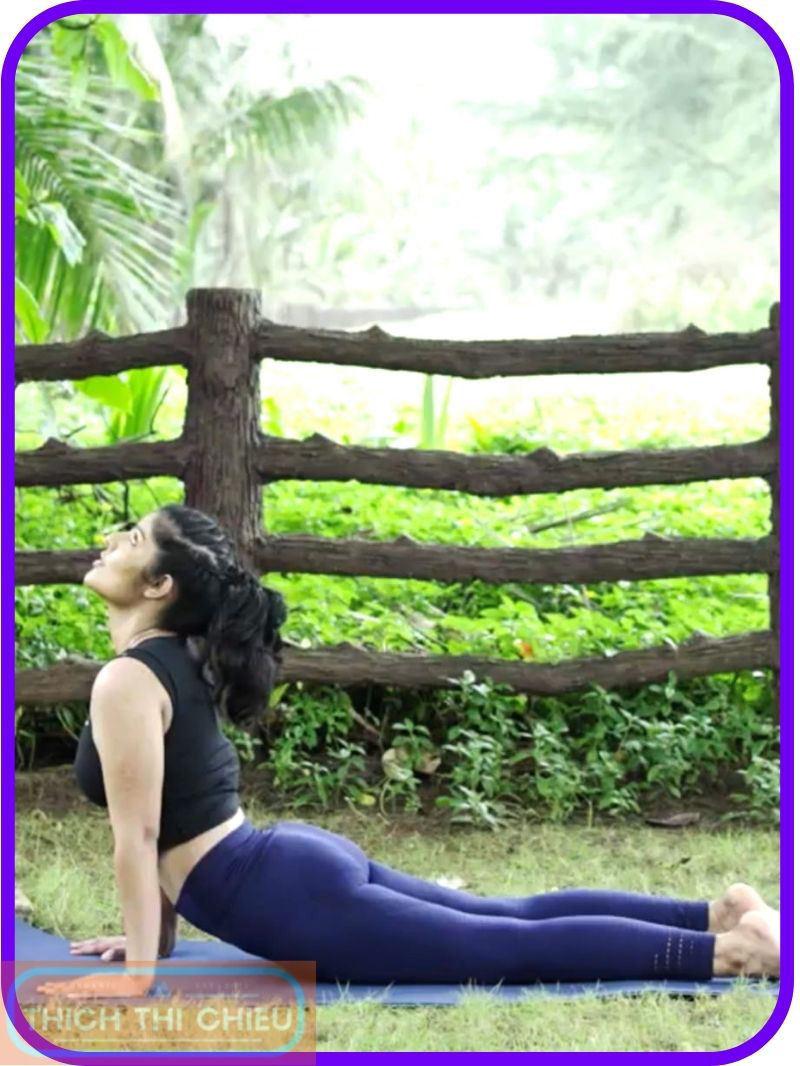
Bhujangasana offers a wide range of benefits, both physical and mental. Here are some of the most notable benefits:
Improved spinal flexibility: Bhujangasana gently stretches the muscles along the spine, helping to improve flexibility and reduce stiffness. This can help to improve posture, decrease back pain, and make you feel more energized.
Strengthened back and abdominal muscles: Bhujangasana is a great way to strengthen the muscles in your back and abdomen. This can help to improve your posture, protect your back from injury, and give you a stronger core.
Open chest: Bhujangasana helps to open up the chest, making it easier to breathe deeply. This can improve your lung capacity and help to reduce anxiety.
Reduced back pain: Bhujangasana can help to reduce back pain by gently stretching and strengthening the muscles in the back. This can be especially helpful for people with chronic back pain.
Massaged internal organs: Bhujangasana can help to massage the internal organs, improving their function. This can help to improve digestion, circulation, and overall health.
Stimulated heart and lungs: Bhujangasana can help to stimulate the heart and lungs, improving cardiovascular health. This can help to reduce the risk of heart disease and stroke.
Reduced stress and anxiety: Bhujangasana can help to reduce stress and anxiety by promoting relaxation and releasing tension. This can help to improve your overall well-being.
Increased energy levels: Bhujangasana can help to increase energy levels by improving circulation and stimulating the body’s natural energy sources. This can help you to feel more energized throughout the day.
How to Do Bhujangasana
Preparation:
- Find a quiet and comfortable place to practice.
- Wear comfortable clothing that allows for freedom of movement.
- Spread out a yoga mat on the floor.
Steps:
- Lie down on your stomach with your legs extended and your toes pointed.
- Place your palms flat on the floor under your shoulders, with your elbows bent and close to your body.
- Press your palms into the floor and slowly lift your chest off the ground
- Keep your shoulders back and relaxed, and your elbows slightly bent.
- Gaze up at the ceiling, keeping your chin lifted
- Hold the pose for 5-10 breaths, or as long as you feel comfortable.
- To release the pose, slowly lower your chest back down to the floor.
Modifications for Bhujangasana
There are many ways to modify Bhujangasana to make it more accessible for people of all levels of fitness. Here are a few of the most common modifications:
Forearm Pose
If lifting your chest all the way off the ground is difficult, you can place your forearms on the floor instead of your palms. This will reduce the amount of work your arms have to do and make it easier to lift your chest.
Hips on the Floor
Another way to make Bhujangasana easier is to keep your hips on the floor. This will reduce the intensity of the pose and make it more comfortable for people with back pain or tight hamstrings.
Extended Arm
If you are feeling strong, you can extend your arms fully and press your palms into the floor, lifting your chest higher. This will make the pose more challenging and work your back and abdominal muscles more deeply.
Elevated Hips
To deepen the stretch in your back, you can lift your hips off the floor slightly. This will make the pose more challenging and work your hamstrings and glutes more deeply.
Essential Tips for a Safe and Effective Bhujangasana Practice
Maintain Deep, Even Breathing
Throughout the pose, maintain a deep, even breath. Avoid holding your breath, as this can restrict oxygen flow and hinder the pose’s benefits. Instead, allow your breath to flow naturally, coordinating it with the movement of your spine as you rise and lower into the pose.
Avoid Straining the Neck
Keep your neck in a neutral position, avoiding any excessive strain or tension. Gaze gently upwards, keeping your chin lifted without pushing it too far towards your chest. Remember, the focus is on elongating the spine, not straining the neck.
Listen to Your Body
Pay close attention to your body’s signals throughout the pose. If you experience any discomfort or pain, stop the pose and rest. Pushing through pain can lead to injury and hinder your progress. Always respect your body’s limits and gradually increase the intensity of the pose as you become more comfortable.
Warm Up Beforehand
Before attempting Bhujangasana, warm up your body with some light cardio and gentle stretches. This will prepare your muscles for the pose and reduce the risk of injury.
Engage Your Core
Throughout the pose, engage your core muscles by gently drawing your navel towards your spine. This will provide stability and support for your spine, preventing excessive strain on the back.
Use Props for Support
If you find it challenging to maintain the proper form, feel free to use props such as yoga blocks or blankets for support. Place blocks under your hands or pelvis to modify the intensity of the pose and ensure proper alignment.
Seek Guidance from a Qualified Instructor
If you are new to yoga or have any concerns about practicing Bhujangasana, consider seeking guidance from a qualified yoga instructor. They can provide personalized instruction and ensure you are performing the pose safely and effectively.
Practice Regularly for Optimal Benefits
Incorporate Bhujangasana into your regular yoga practice to reap its full benefits. Consistent practice will enhance your spinal flexibility, strengthen your back muscles, and promote overall well-being.
Bhujangasana is a great pose for people of all levels of fitness. It is a gentle pose that can help to improve spinal flexibility, strengthen the back and abdominal muscles, and open up the chest. If you are new to yoga, it is a good idea to start with a few modified repetitions of Bhujangasana and gradually increase the number of repetitions and the intensity of the pose as you become stronger. Hopefully, the above article of TTC has provided you with useful information. If you have any questions or concerns, please leave a comment below.
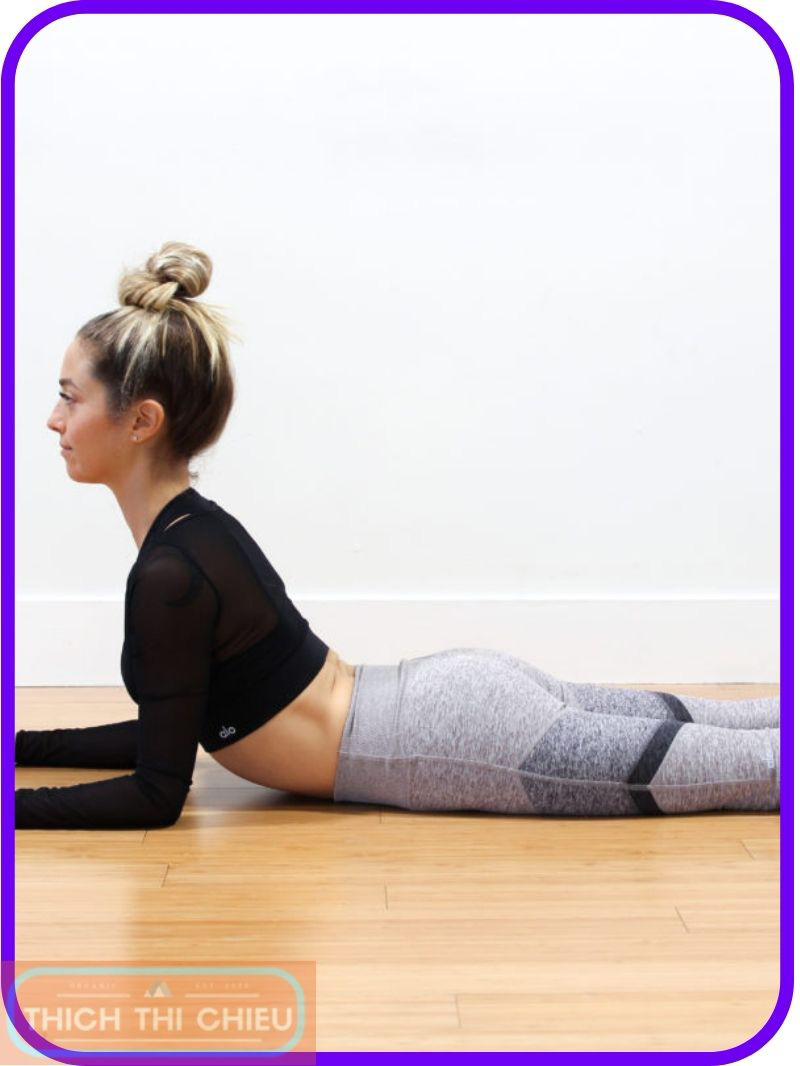
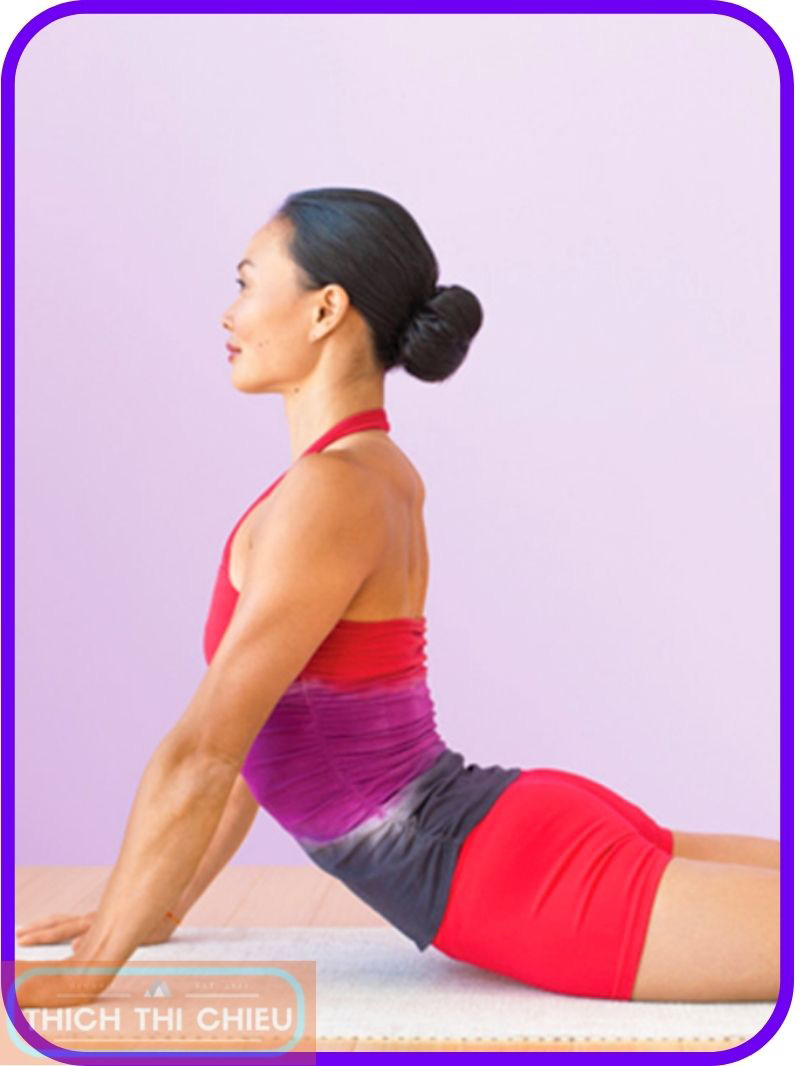
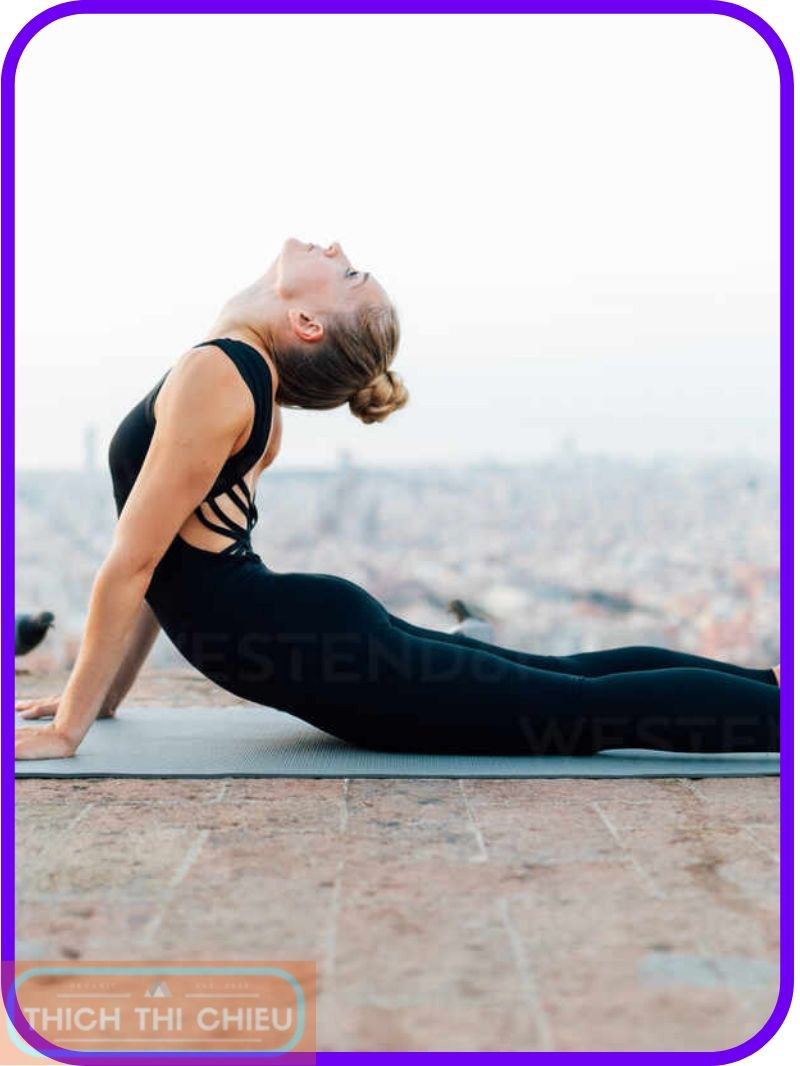
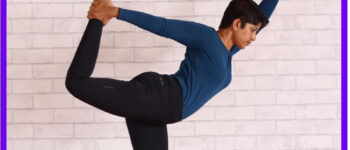


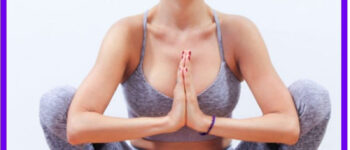

Leave a Reply